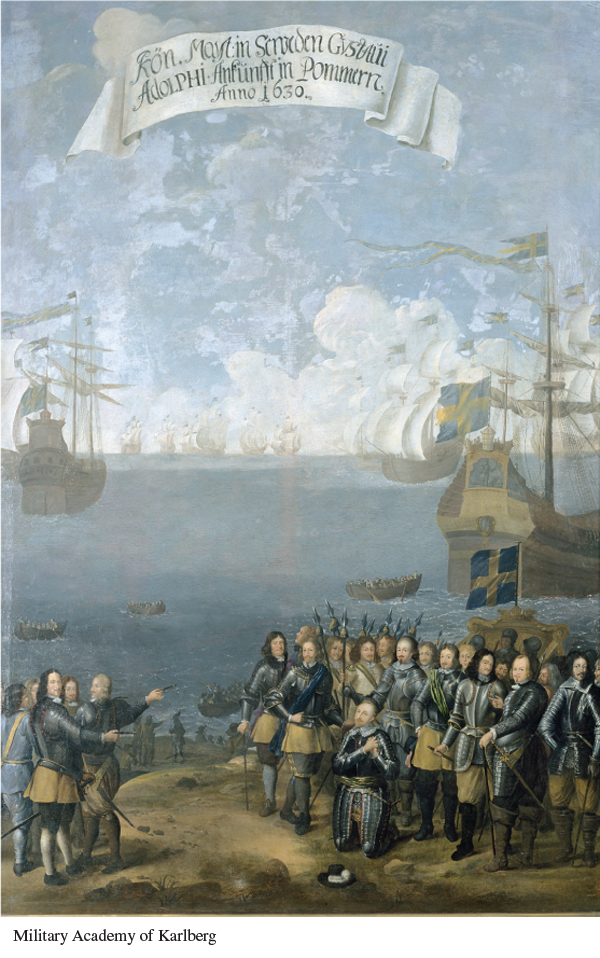Warfare and the Growth of Army Size
The driving force of seventeenth-

Along with professionalization came an explosive growth in army size. The French took the lead, with the army growing from roughly 125,000 men in the Thirty Years’ War to 340,000 at the end of the seventeenth century.3 Changes in the style of armies encouraged this growth. Mustering a royal army took longer than simply hiring a mercenary band, giving enemies time to form coalitions. For example, the large coalitions Louis XIV confronted (see “Louis XIV’s Wars”) required him to fight on multiple fronts with huge armies. In turn, the relative size and wealth of France among European nations allowed Louis to field enormous armies and thereby to pursue the ambitious foreign policies that caused his alarmed neighbors to form coalitions against him.
Noble values of glory and honor outshone concerns for safety or material benefit. Because they personally led their men in battle, noble officers experienced high death rates on the battlefield. Nobles also fell into debt because they had to purchase their positions in the army and the units they commanded, which meant that they were obliged to assume many of the costs involved in creating and maintaining their units. It was not until the 1760s that the French government assumed the full cost of equipping troops.
471
Other European powers were quick to follow the French example. The rise of absolutism in central and eastern Europe was thus accompanied by a vast expansion in the size of armies. Great Britain followed a similar, albeit distinctive pattern. Instead of building a land army, the island nation focused on naval forces and eventually built the largest navy in the world.